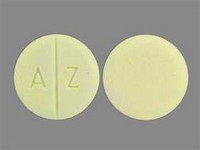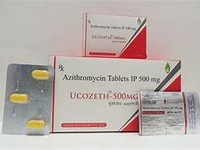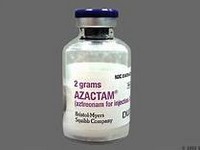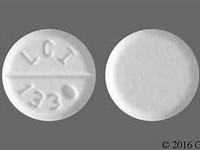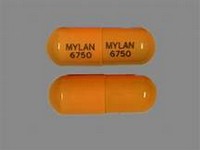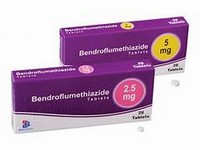Chlorpropamide
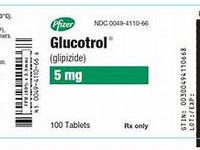
Chlorpropamide
CLINICAL USE
Diabetes mellitus Diabetes insipidusDOSE IN NORMAL RENAL FUNCTION
Diabetes mellitus: initially 250 mg daily (elderly 100–125 mg, but avoid). Maximum 500 mg dailyDiabetes insipidus: 100–350 mg dailyPHARMACOKINETICS
DOSE IN RENAL IMPAIRMENT
GFR (mL/MIN)
DOSE IN PATIENTS UNDERGOING RENAL REPLACEMENT THERAPIES
IMPORTANT DRUG INTERACTIONS
Potentially hazardous interactions with other drugsAnalgesics: effects enhanced by NSAIDs Antibacterials: effects enhanced by chloramphenicol, sulphonamides, and trimethoprim; effect reduced by rifamycinsAnticoagulants: effect possibly enhanced by coumarins; also possibly changes to INRAntifungals: concentration increased by fluconazole and miconazole and possibly voriconazoleSulfinpyrazone: enhanced effect of sulphonylureasADMINISTRATION
Reconstition
–Route
OralRate of Administration
–Comments
Take with breakfastOTHER INFORMATION
Chlorpropamide can enhance antidiuretic hormone and very rarely cause hyponatraemiaContraindicated in patients with serious impairment of hepatic, renal or thyroid function – severe risk of metabolic acidosis Prolonged hypoglycaemia can occur in azotaemic patients
See how to identify renal failure stages according to GFR calculation
See how to diagnose irreversible renal disease
Home

